Create
There are many paths that lead to the successful development of affordable learning solutions for your students, and the Affordable Learning Exchange has experience with all of them.
Explore the sections below to learn about methods and tools that will help you identify the best strategy for your content areas, and see how other Ohio State instructors have used them in their courses.
Author
No textbook is a perfect match to an instructor's teaching style and sequence. In some cases, textbooks can create more work for instructors who spend time in and out of class bridging the gap between the text and the lecture for their students.
Faced with this problem, many Ohio State instructors have chosen to take matters into their own hands and have authored original materials for use in their class. With a variety of tools offered by the Affordable Learning Exchange, it's possible to tailor learning material to meet the specific needs of a course -- all while providing it to students for free.
How instructors at Ohio State have authored:
- Environmental ScienceBites was authored in partnership with students and is offered via iBooks.
- The Cause and Consequence of Human Trafficking: Human Rights Violations was written by Jacquelyn Meshelemiah and Raven Lynch. The book follows closely with the course schedule, and features contextual information particularly relevant to Ohio-based students.
- Writing for Strategic Communication Industries was written by Jasmine Roberts and is iteratively revised as a way to keep content up to date and improve the material's interactivity.
- Bart Snapp and Jim Fowler created an online textbook for calculus based on the LaTeX programming language. The new material integrates online exercises that allow students to practice the math concepts directly inside the textbook.


Adopt & Adapt
Many instructors provide textbooks primarily as references as they conduct lectures that lead students through the necessary course objectives. Additionally, many subjects have core concepts that are constant and unchanging. Both of these scenarios are good opportunities to adopt an existing open textbook.
Open textbooks are available to students for free in a variety of file formats. Many even have an option for printing if that is a student's desired medium. You can see many existing open textbooks at OpenStax, BCcampus or the Open Textbook Library.
But no textbook is one-size-fits-all. Most instructors report a desire to amend, revise or cut portions of any text. The world of open educational resources supports these practices by applying several Creative Commons licenses that allow for the adaptation of existing material.
Adaptation looks different for every instructor: some choose to use only certain sections, others revise sections or entire textbooks, while still others combine many open sources into one new artifact that their students consume as a whole. With open educational resources (OER), you can choose content that's right for your students from many different sources and combine them into one varied and exhaustive learning object.
How instructors at Ohio State have adopted or adapted:
- Darcy Hartman adopted an economics textbook for her mega course on macroeconomics.
- Melissa Beers combined several chapters from two open textbooks and presented them to students as one unified textbook in CarmenCanvas for clarity.
- In partnership with staff at University Libraries, Ola Ahlqvist amassed a collection of materials from around the internet and combined them with library resources to create a LibGuide that lead students through the unique cultural experiences of World Regional Geography.





